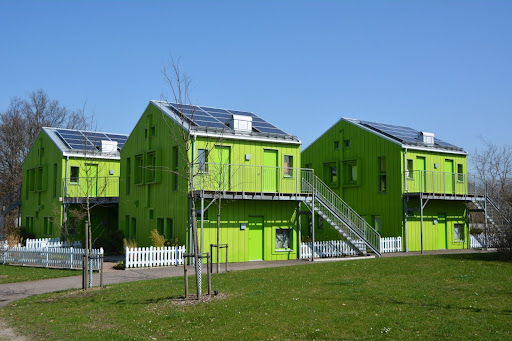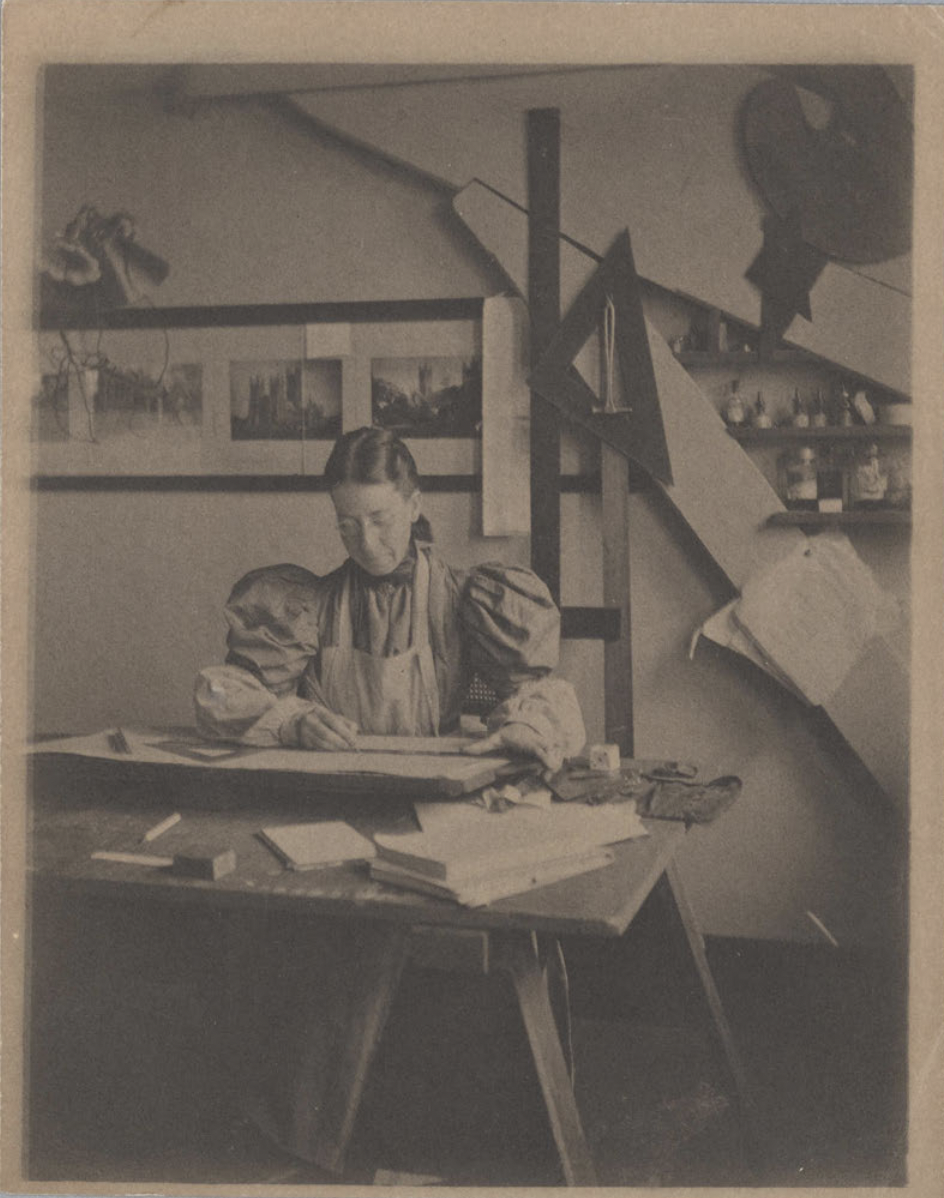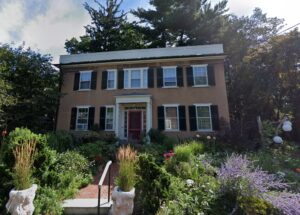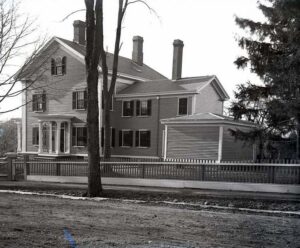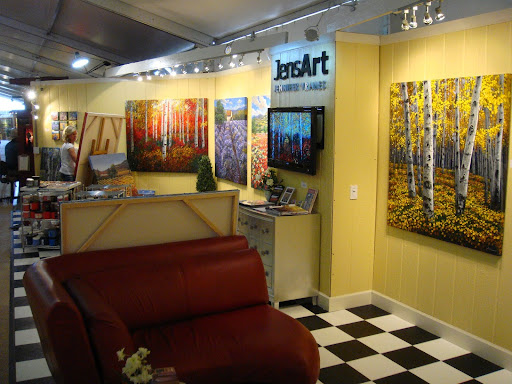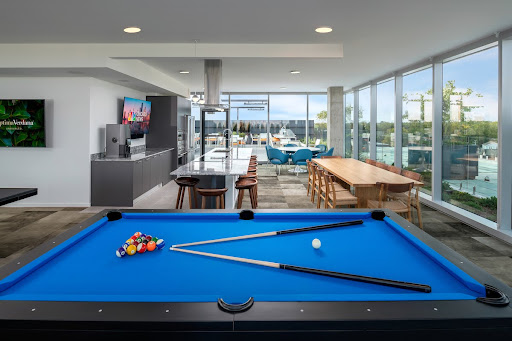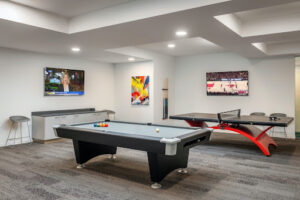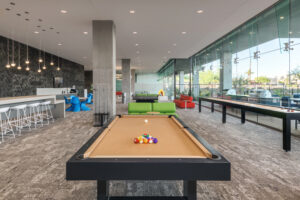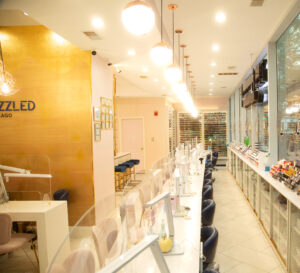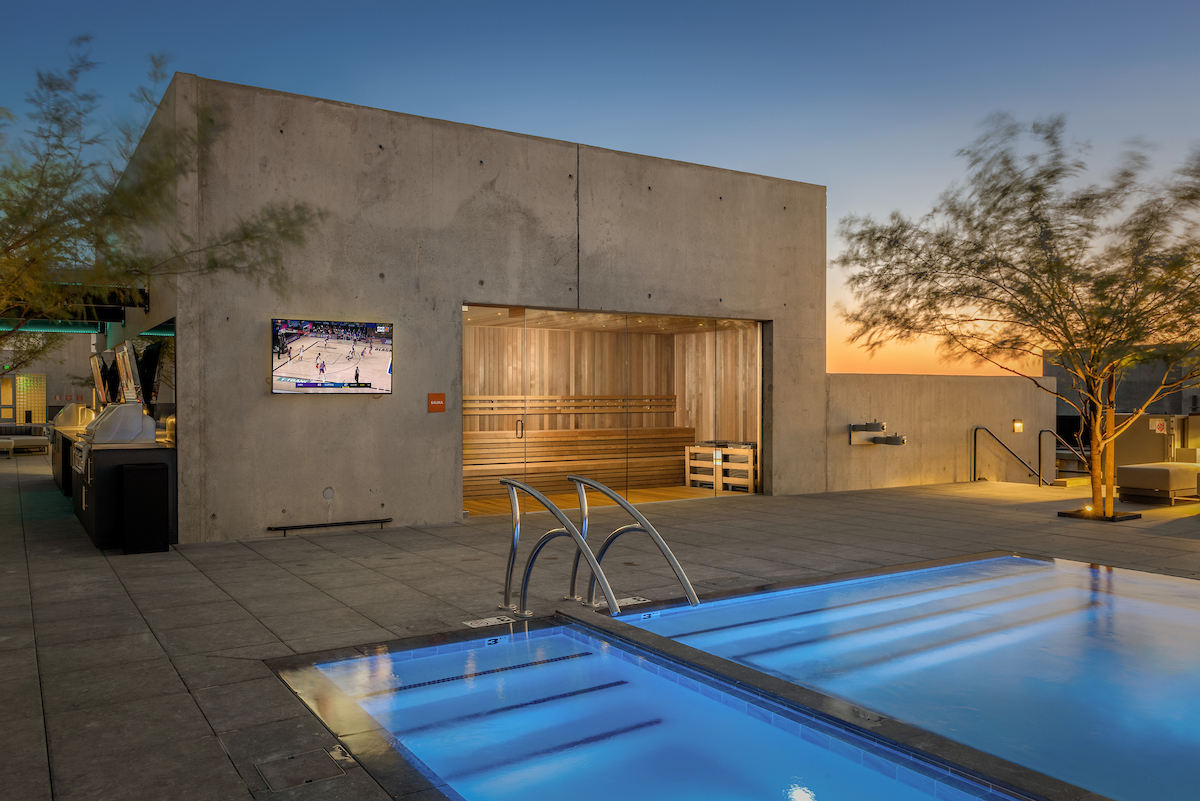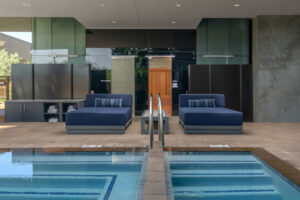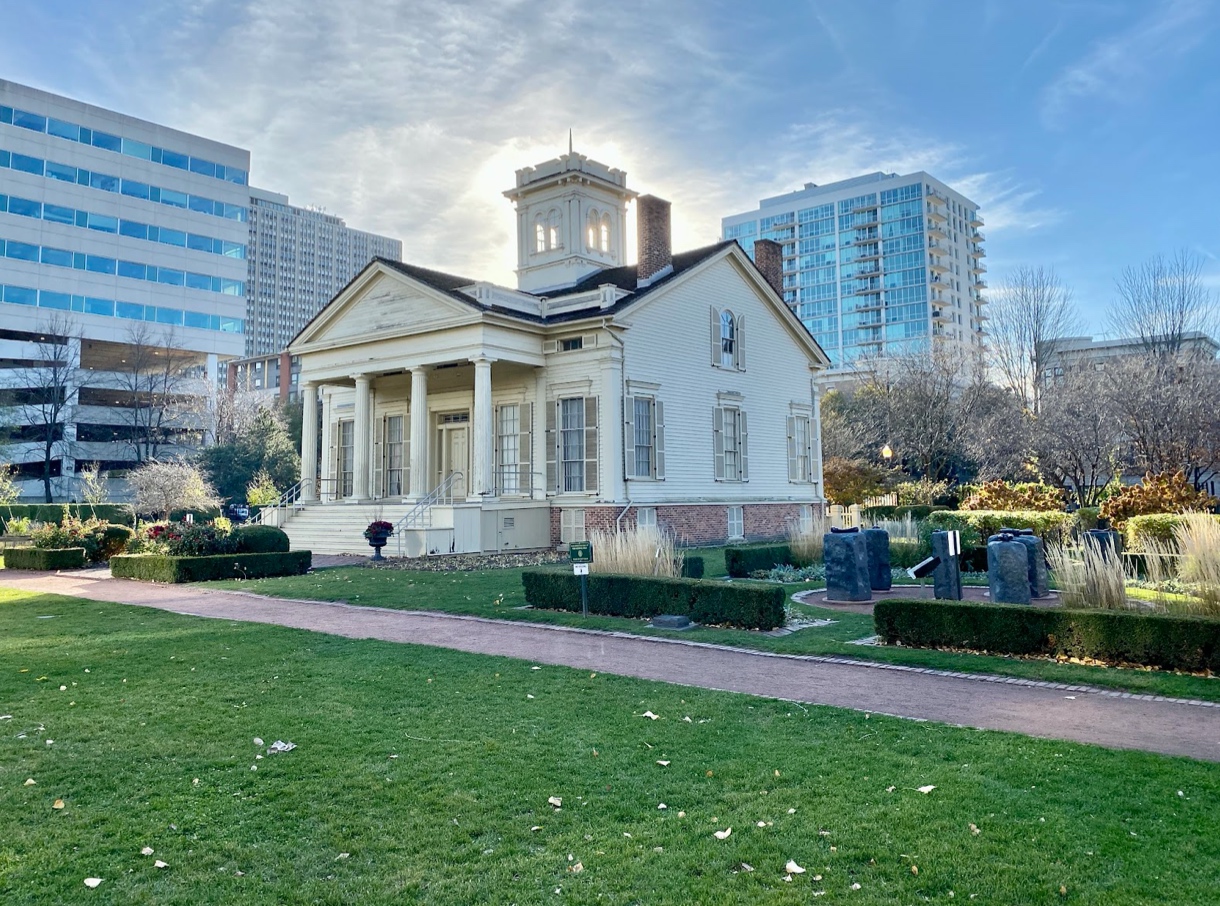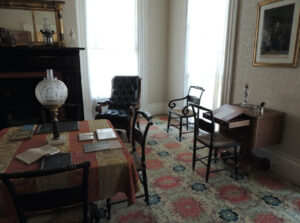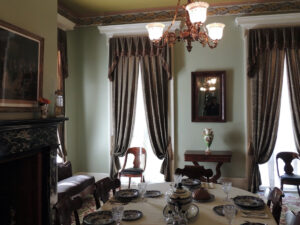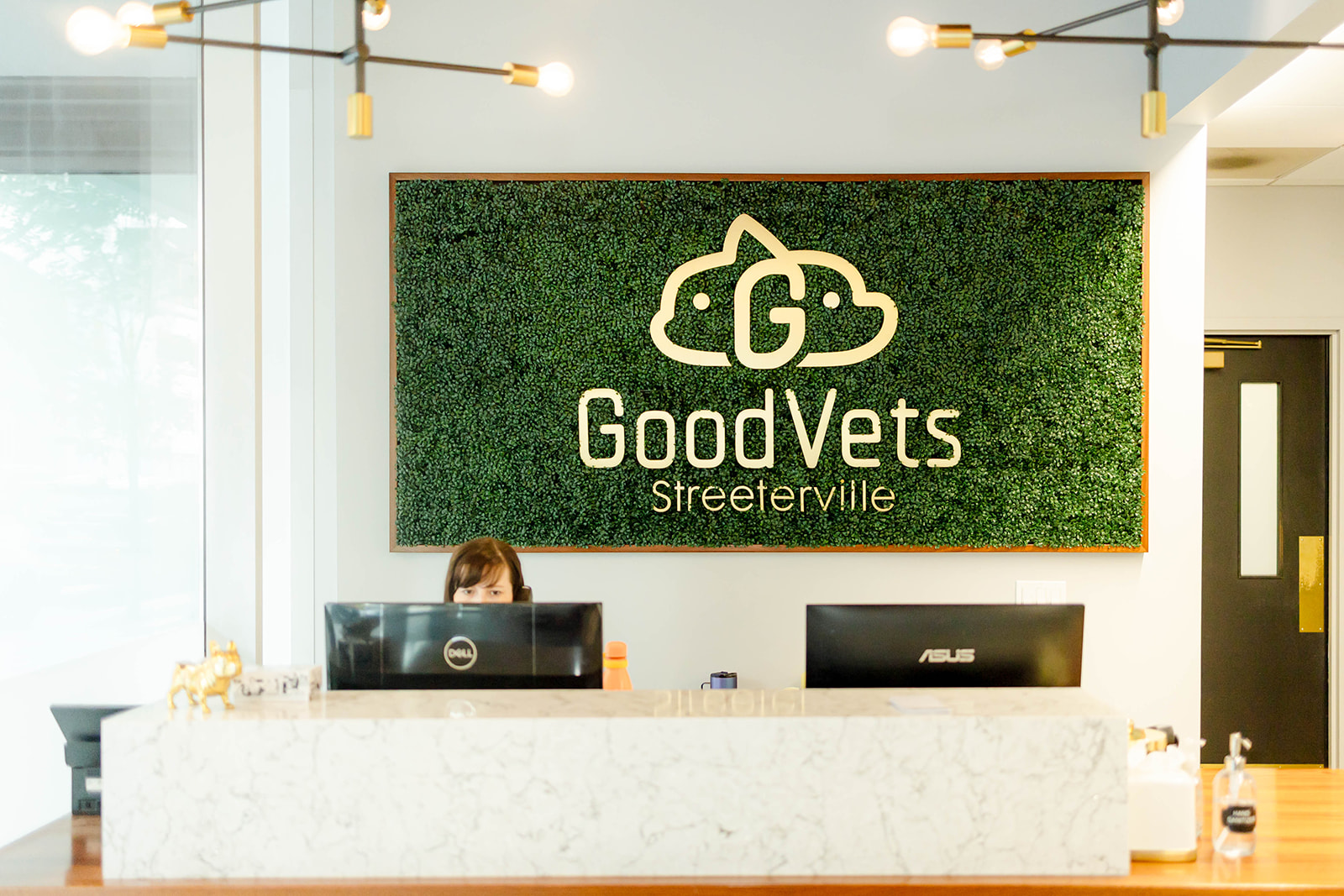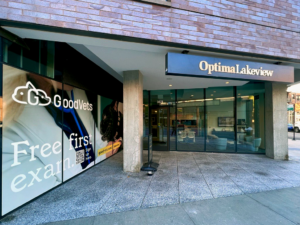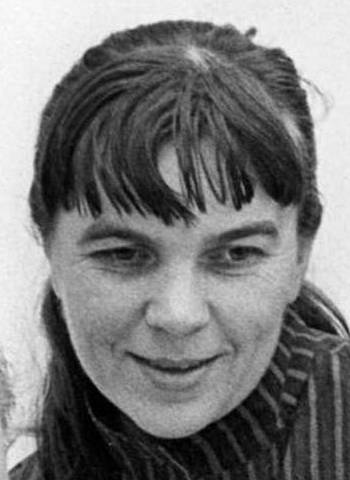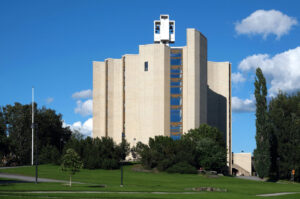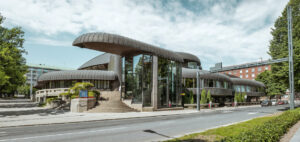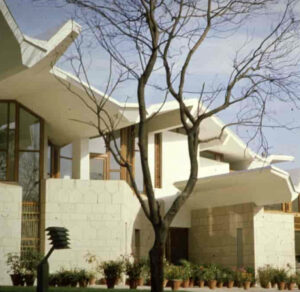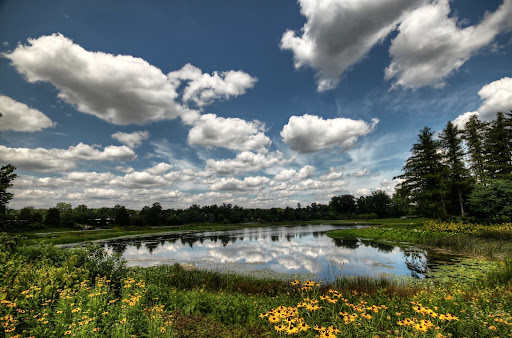Micro-housing is reshaping the way many think about urban living, offering smart solutions for the challenges of modern city life. These compact living spaces, often no larger than a few hundred square feet, echo a long history of efficient living from cultures around the globe. Today, they stand at the forefront of addressing key urban issues: affordability and sustainability.
Traditionally, small-scale living has been a practical response to the constraints of urban environments. From Japan’s ‘Nagaya’ row houses to the historical tenements of New York, maximizing limited space has always been a necessity. In our modern cities, micro-housing revitalizes this concept, making urban centers more accessible to a diverse population. It’s especially attractive to young professionals and students who value location over spaciousness, providing them with an affordable entry point into bustling city centers.
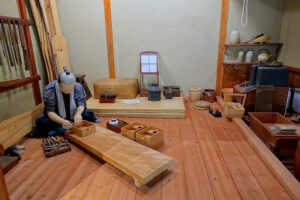
Sustainability is another pillar of the micro-housing movement. These units require fewer materials to build and less energy to heat, cool, and light, aligning with a growing demand for more environmentally friendly living options. The design of these spaces is a masterclass in efficiency, incorporating multi-functional furniture and innovative storage solutions to make every square inch count.
But micro-housing is more than a practical housing solution; it’s a catalyst for community building. Shared spaces such as lounges, kitchens, and gardens encourage interaction and foster a sense of belonging among residents. This communal aspect enriches the living experience, proving that a smaller footprint doesn’t mean compromising on quality of life.
As we look to the future of urban development, micro-housing presents a compelling model for creating vibrant, sustainable, and inclusive communities. It challenges us all to rethink our expectations of home and space, showing that with creativity and thoughtful design, we can make room for everyone.
